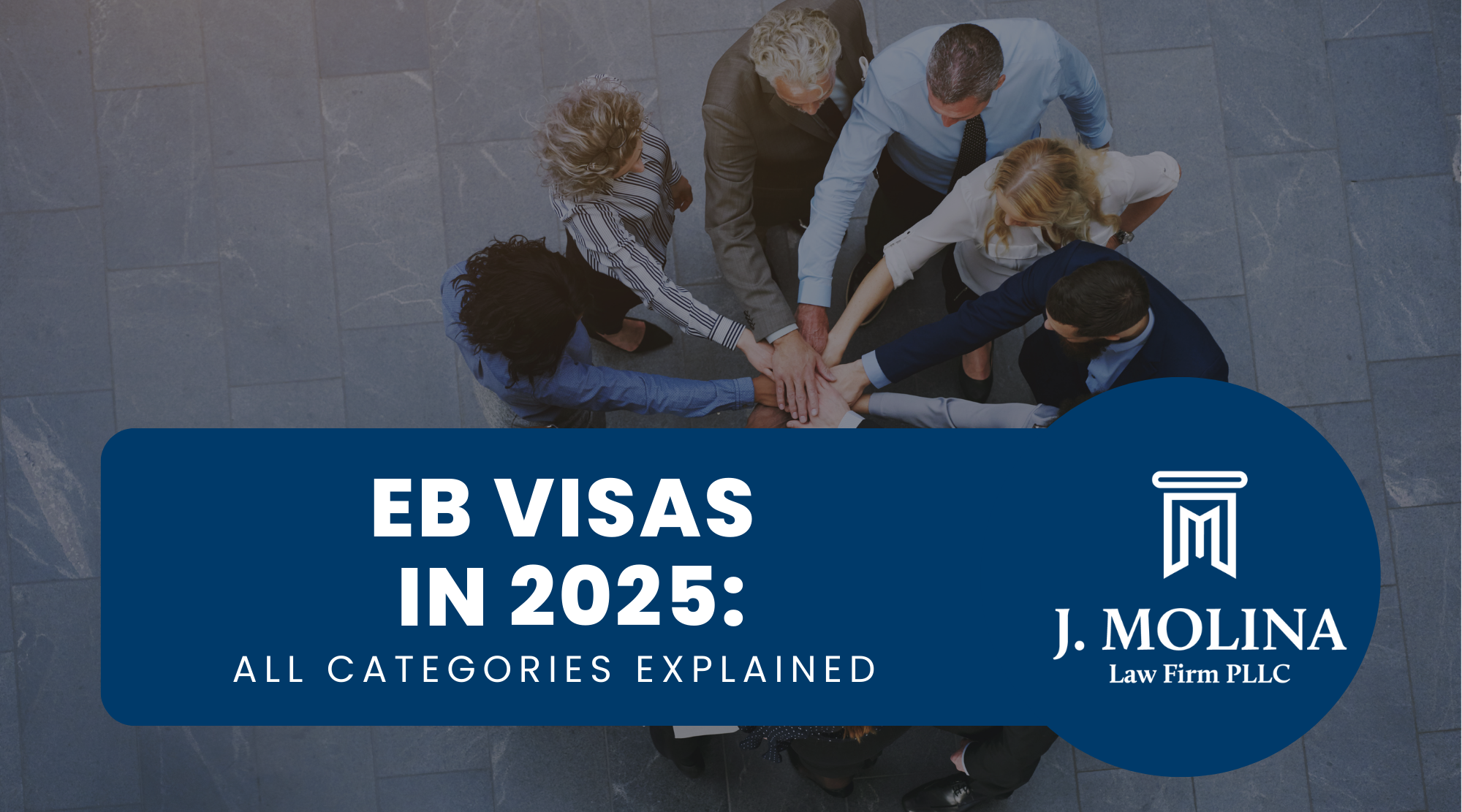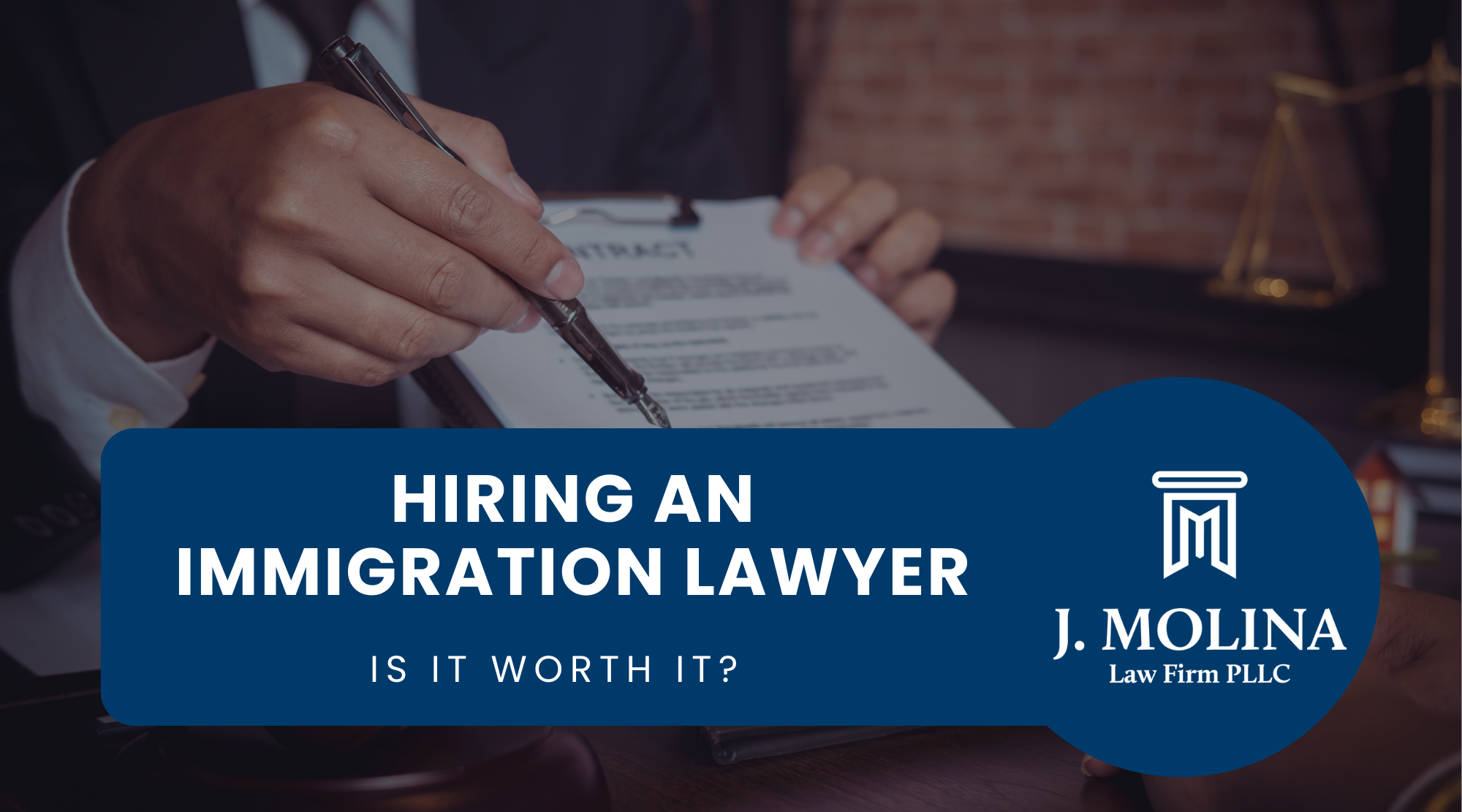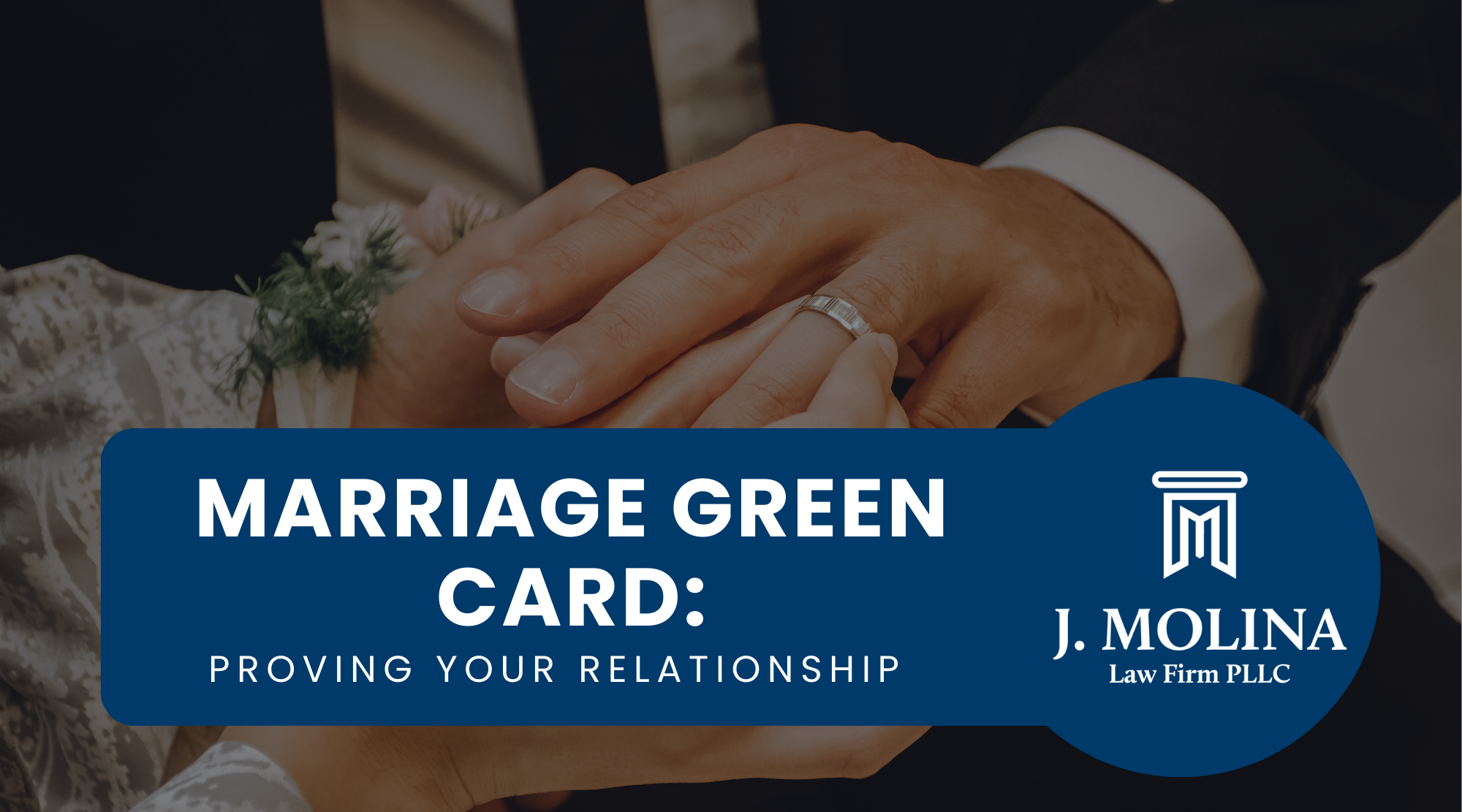If you’re a foreign worker or investor looking to live permanently in the United States, employment-based (EB) immigrant visas offer a path to obtaining a green card. In 2025, the U.S. government is allocating approximately 140,000 EB visas, divided into five categories. Each category is designed for specific types of workers and includes options for their spouses and children.
Here’s what you need to know about each EB category:
EB-1: Priority Workers (28.6%)
This top-tier category is for individuals with extraordinary ability in sciences, arts, education, business, or athletics. It also includes outstanding professors and researchers, as well as certain multinational managers and executives. No labor certification is required.
EB-2: Professionals with Advanced Degrees or Exceptional Ability (28.6%)
This category is for professionals who hold advanced degrees (beyond a bachelor’s) or who demonstrate exceptional ability in the arts, sciences, or business. A job offer and labor certification are usually required, unless you qualify for a National Interest Waiver.
EB-3: Skilled Workers, Professionals, and Other Workers (28.6%)
This category is for:
- Skilled workers (with at least two years of training or experience)
- Professionals (with a U.S. bachelor’s degree or equivalent)
- Other workers (unskilled labor, limited to 10,000 visas per year)
All EB-3 applicants generally need an employer sponsor, a job offer, and a labor certification.
EB-4: Special Immigrants (7.1%)
This lesser-known category includes religious workers, certain retired international employees, members of the U.S. armed forces, broadcasters, and individuals who have assisted the U.S. government in special ways. The process typically involves Form I-360.
EB-5: Immigrant Investors (7.1%)
This visa is for individuals who invest in U.S. businesses that create jobs. A minimum investment is required, and 32% of EB-5 visas are reserved for rural areas, high-unemployment zones, and infrastructure projects.
How to Know Which Visa Is Right for You
Each EB visa has different eligibility criteria, timelines, and documentation. The Visa Bulletin from the U.S. Department of State is updated monthly and shows when applicants can move forward based on their priority dates.
Need Help Choosing the Right EB Visa?
At J. Molina Law Firm, we guide foreign professionals and investors through every step of the EB visa process. Contact us today to determine which EB category fits your profile and start your journey toward permanent residency in the U.S.



